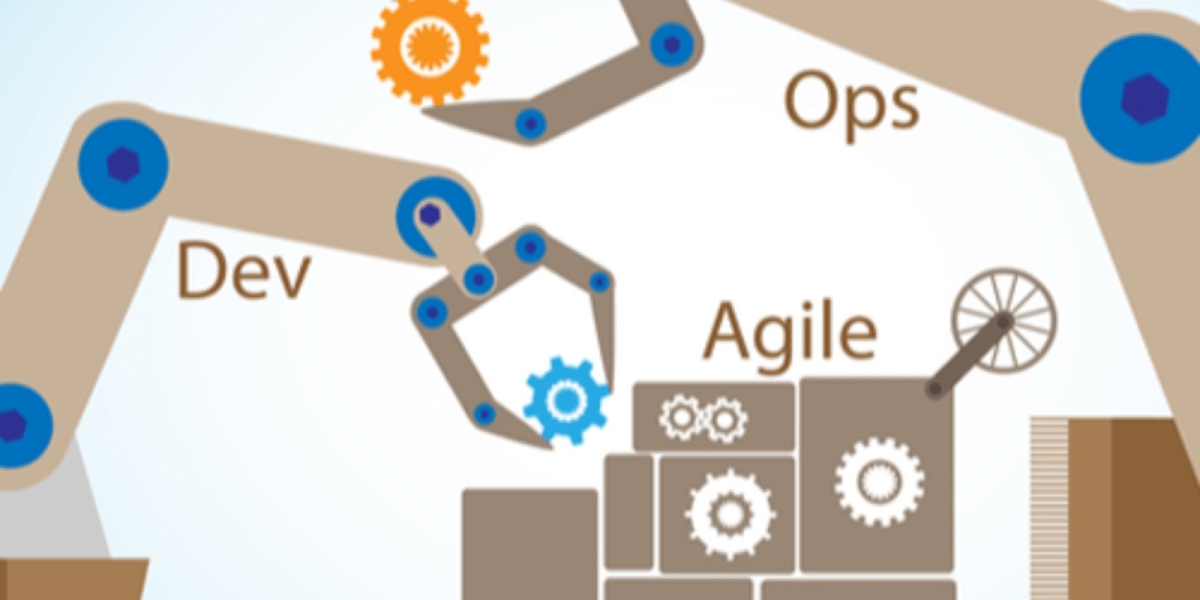Efficiency, reliability, and rapid deployment have become imperative for success. Continuous Integration and Continuous Delivery (CI/CD) have emerged as key methodologies to achieve these goals. This article delves into the intricacies of CI/CD, focusing on its application in microservices, and highlights best practices that can revolutionize the development and deployment process.
Understanding CI/CD:
CI/CD, an acronym for Continuous Integration and Continuous Delivery, represents a set of principles and practices aimed at automating and enhancing the software development lifecycle. Continuous Integration revolves around seamlessly merging code changes into the main branch, ensuring it is always in a state ready for production. This is facilitated by automated builds, robust processes, and thorough test cases.
Once code changes successfully pass through the Continuous Integration process, they transition into Continuous Delivery. In this phase, code changes are circulated in an environment closely resembling production, serving as a prelude to deployment. If deemed suitable for production, the process moves into Continuous Deployment, where deployment is automated, allowing for a continuous and efficient release cycle.
CI/CD with Microservices:
Microservices architecture introduces a decentralized approach where individual teams independently develop and deploy services. To optimize CI/CD in a microservices environment, each team must own and install its changes without impacting the work of other teams. A robust CI/CD progression is essential to harmonize these independently evolving services.
Best Practices for CI/CD with Microservices:
1. Automation Decision of Test and Process Priority: In the early stages, deciding the order of code compilation and testing can be challenging. Automating smoke tests initially can help quickly identify code compilation issues. Prioritize automated unit tests before smoke tests to reduce developers' workload. Consider automation of functional testing, followed by UI testing, taking potential dependencies into account.
Send Us Your Questions and Feedback: https://devopsenabler.com/contact-us
2. Frequent Release of Software: Accelerate software releases by ensuring that the code is in a release-ready state and thoroughly tested in an environment mirroring production. Implement A/B testing for usability, where different variants are tested, and the superior performing feature is chosen. Gradually release features to a subset of users for testing before a broader deployment.
3. Less Branching and Daily Commits: Encourage developers to commit directly to the main branch from their local branches at least once a day. Minimize branching complexity to allow developers to focus more on development and less on version control intricacies. Embrace GitOps for a developer-centric experience in managing applications.
4. Readiness to Apply Microservices: Adopting microservices architecture requires careful planning. An incremental approach, aligned with the mission, involves gradually replacing the old system with the new one. This ensures a smoother transition without overwhelming development teams.
5. Maintain Security: The CI/CD system involves retrieving the codebase and credentials for installation in diverse development environments. Enhance security by segregating CI/CD systems and placing them on a secure internal network. Implement robust two-factor authentication and access management systems to mitigate external and internal threats.
CI/CD represents a paradigm shift in software development, promoting efficiency, reliability, and continuous improvement. For microservices, these best practices not only enhance the CI/CD process but also facilitate the seamless integration of independently developed services. By embracing automation, frequent releases, streamlined branching, and readiness for microservices, development teams can navigate the complexities of software delivery with finesse. As the software landscape continues to evolve, a commitment to CI/CD best practices ensures that development processes remain agile, innovative, and responsive to the demands of the industry.
Contact Information:
- Phone: 080-28473200 / +91 8880 38 18 58
- Email: sales@devopsenabler.com
- Address: #100, Varanasi Main Road, Bangalore 560036.









